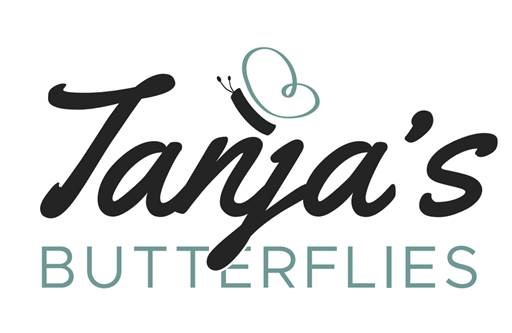
Debt
Back in the days when I was still actively managing products like e-commerce shops, I used to be worried about what we call tech debt all the time. It’s a certain kind of risk you accumulate for prioritizing short-term goals (like releasing new features) over long-term stability (like test coverage and refactoring).
Nowadays, to me there are two kinds of debt: the one that I can happily ignore for now – which in our case is the loan we took out when we bought our house. I am quite confident that one way or another we will be able to pay back this money someday and it does not keep me up at night.
What does affect my sleep is the second kind of debt. The one that we keep accumulating in various areas of our life: alone time, couple time, time for sports or personal growth, time for loved ones, you name it…
While I strongly believe that it is quite normal for different areas of life to not be perfectly balanced at all times, I am also convinced that there is no better burnout prevention than regularly checking in with ourselves to see how much debt we have accumulated and what we need in order to start paying it off before it gets the better of us.
After my burnout in 2016, I treated myself to some coaching sessions which involved analysing my Wheel of Life. Now that I am taking a coaching training myself, I just did a practice coaching session for my husband using it again. (Man, it’s hard to coach your partner… but also so helpful to officially lose the „wife hat“ for a while and put on the „coaching hat“ to deeply listen, forgetting about everything you think you know about them).
I just thought this might be something you could benefit from, too. There are many different versions and you can create your own. Here is one way of how you can use it:
- Make sure the categories indicated on the wheel of life actually represent the most relevant areas of your life.
- Assess the different categories on a scale of 1 to 10 (ten being the best status you can currently imagine for this area) in order to represent the status quo. (Hint: it’s not a science, go with your gut feeling, but also take notes of what a 10 would look like and why you are choosing the number you chose. What are you grateful for? What have been your successes in this area so far?) Take a moment to reflect: If you were to travel on this wheel in the long run, what would the ride be like? Is there anything you would like to change about it?
- Set a timeframe that makes sense for you to set some goals (I usually look at 12 months from now. Occasionally, I also use it to zoom out to a five or ten year timeframe in order to make sure that I’m not going for a local optimum, neglecting the bigger picture).
- State what you would like to rate each category at the end of the timeframe you selected. (It’s probably not realistic to get to a 10 in all areas…) Or maybe just start with the area that seems most off-balance to you.
- Think about what needs to happen in order to get there. Which actions do you need to take by when? What else needs to change?
- Hold yourself accountable to your goals. It might help to share them with a friend or family member (or even ask them to do the exercise together).

I’m currently on vacation and having a hard time to unwind because there is so much going on emotionally, at work, in our family. In our personal OKRs, Tobias and me set a goal of starting each vacation with our batteries at least 50% charged – and we totally failed this time… 🙈 That’s why we are having a lot of conversations around the things that need to change in order not to (fully) rely on holidays to fix the debt we accumulated before…
I hope this sparks some interesting thoughts or conversations for you, too.
Lots of love
Tanja



